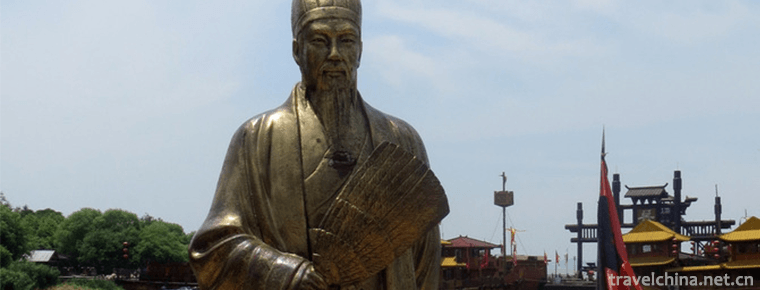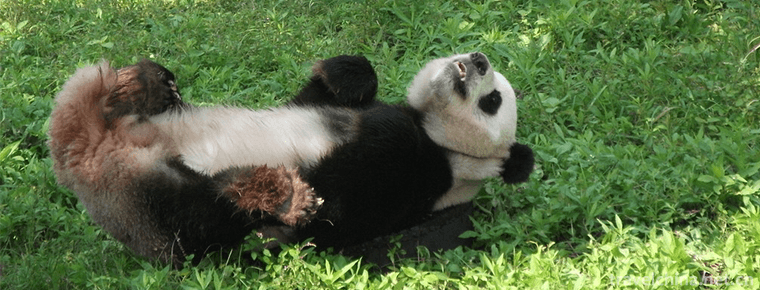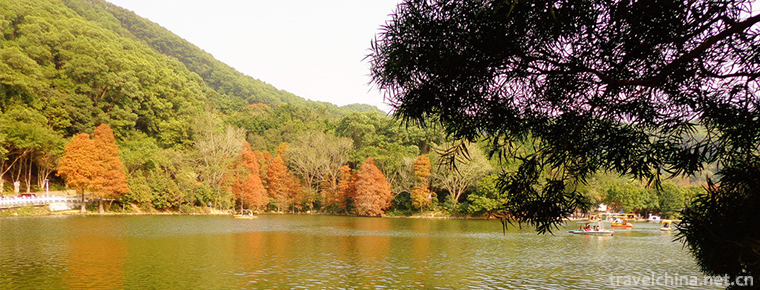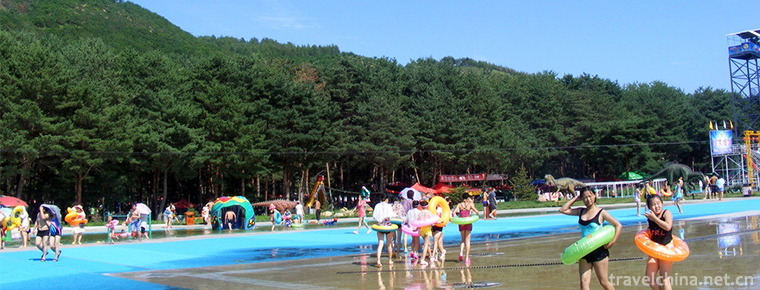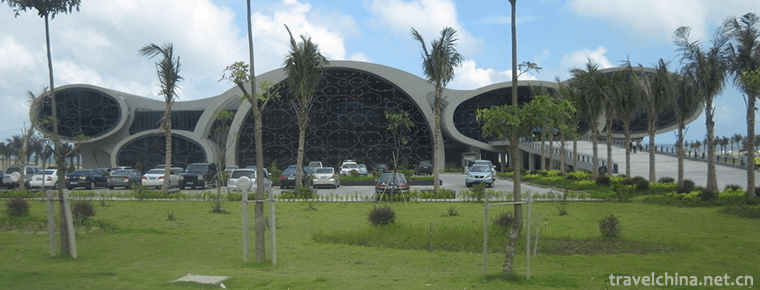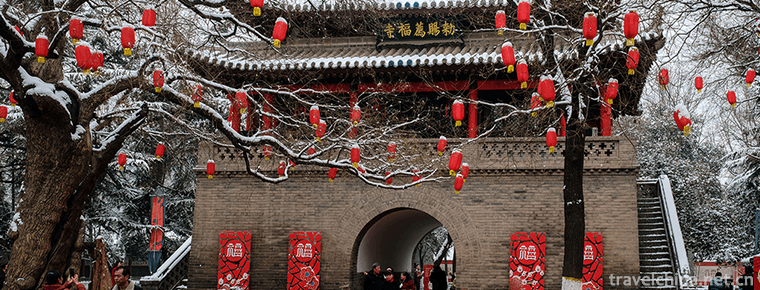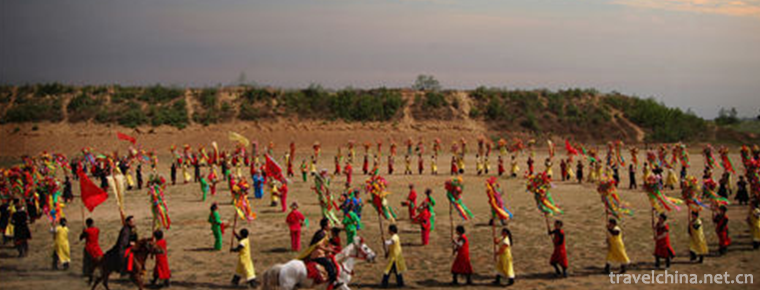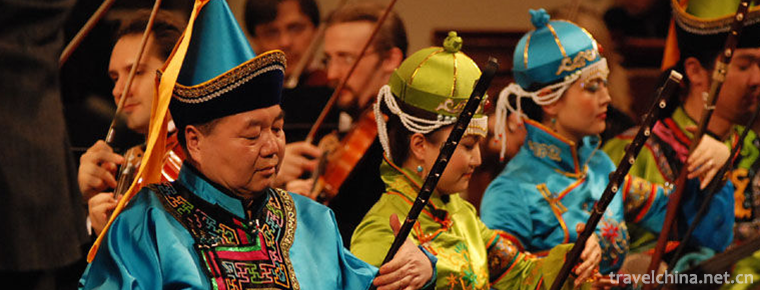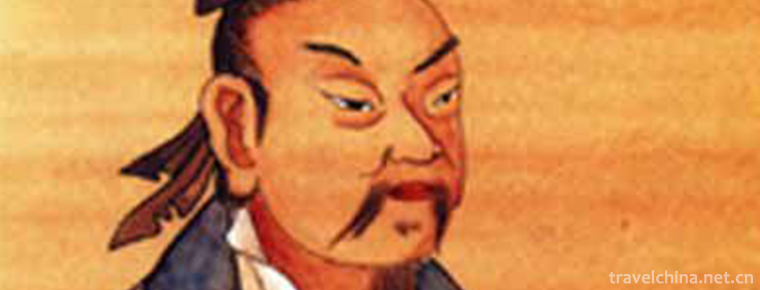Canadian Tibetan carpet weaving skills
Canadian Tibetan carpet weaving skills
Canadian Tibetan carpet weaving skills, traditional handicraft in Huangzhong County, Qinghai Province, one of the national intangible cultural heritage.
Tibetan carpet is the traditional handmade fabric of Qinghai Tibetan. In primitive society, Tibetan carpet weaving technology has appeared. It reached maturity in the late Ming and early Qing Dynasties. After more than 3,000 years of inheritance, Qinghai gradually formed a Tibetan carpet weaving industry with local characteristics.
On May 20, 2006, the Tibetan carpet weaving skills of Canada were approved by the State Council and listed in the first batch of national intangible cultural heritage list, item number_-22.
historical origin
In 1959, the discovery site of Nomuhong culture in Qaidam, Haixi, and the fragments of the mat unearthed from the Talitariha site were the earliest "mat" objects unearthed in China (later displayed in the Qinghai Museum), proving that the Tibetan ancestors of Qinghai had mastered the knitting skills of the original Tibetan carpet thousands of years ago. According to textual research, the raw material of the "wool mat" fragment is the Tibetan wool of Qinghai, that is, the world recognized "big white hair" of Xining.
According to historical records, the late Ming Dynasty and early Qing Dynasty were the mature period of the Tibetan carpet in Canada. During the reign of Kangxi in the Qing Dynasty, the Tibetan Buddhist holy place of Tar Temple was expanded to provide cushions for temple decoration and Buddhist monks'chanting. The Tibetan blanket came into being in the village of Huangzhongjiaya near the Tar Temple. According to the Record of Huangzhong County Handicraft Industry, it is recorded that during the Jiaqing Period of Qing Dynasty (1796-1820), Ningxia carpet craftsmen Da and Xiao Ma Shi came to Huangzhong Jiaya Village, and villagers Ma Dequan and Yang Xinchun worshiped them as teachers. Villagers Yang Xinchun, Madequan and others followed him to further learn the knitting skills of velvet-planted carpets, making the knitting skills of Tibetan carpets more standardized. Since then, the carpet skills of Ma and Yang have been handed down from generation to generation. Almost everyone in the village can twist and weave Tibetan carpets. There are even folk sayings such as "Girls marry into Canada and do nothing without twisting".
Process characteristics
Canadian Tibetan carpets are mainly made of card pads, horse mattresses, Kang blankets and carpets. There are traditional Tibetan blankets, antique Tibetan blankets, core-wrapped card pads, Silk-Wool composite Tibetan blankets and velvet Tibetan blankets with novel patterns and exquisite workmanship. The pattern has the characteristics of atmosphere, brilliant color matching, graceful and luxurious style.
There are many kinds of Tibetan carpets in Canada, which are of 14 series and more than 70 varieties of high, medium and low-grade products. It adopts the process of low temperature dyeing yarn with vegetable dyes and blanket washing with low temperature, and the wool quality is not damaged. The woven blanket has bright color, good elasticity, no discoloration and no hair loss. In the way of weaving, the method of continuous knitting is adopted. There are 9 to 13 buckles per 5 cm in vertical density, and the blanket surface is thicker, about 15 mm or more. It retains the characteristics of traditional Tibetan blanket that the edge of the blanket is not entangled.
Tibetan sheep wool is recognized as a high-quality raw material for carpet weaving in the world. The raw materials of Tibetan jaw blanket come from natural stocking Tibetan sheep wool, cashmere, yak down and camel down. Through low-temperature dyeing, low-temperature blanket washing and other technological processes, the finished product has the excellent quality of brilliant color, good elasticity and non-decolorization. Tibetan carpet is made by hand from material selection, spinning, dyeing, weaving, etc. Therefore, its color is gorgeous and does not fade, its texture is hard and elastic. On the basis of traditional weaving methods, Tibetan ancestors invented a unique link-and-tie method, which makes Tibetan carpet products more unique in artistic value.
Technological process
Canadian Tibetan carpet is all finished by hand weaving. The carpet weaver will use natural plant dyed wool such as oak shell, rhubarb root, Sophora japonica rice and Isatis root to surround the winding pole. After weaving a row, he will fasten the yarn and cut the winding yarn on the pole with a knife. As a result, there are layers of wool section on the blanket surface, which is called manual link. After the whole Tibetan blanket is woven, the carpet Weaver polishes it with scissors.
Inheritance and protection
Inheritance value
Canadian Tibetan blanket is not only a fine handicraft, but also a very practical daily necessities of the Tibetan people. It is a natural green product with environmental protection quality from the selection of natural raw materials to the implementation of weaving technology to the final product.
Inheritance status
Changes in natural environment and climate have adversely affected the supply of plush materials needed for Canadian Tibetan carpets. In addition, the skill of carpet weaving is still handed down from mouth to mouth, which also affects the breadth and depth of its spread. With the time-consuming and laborious hand-weaving skills, many young people are unwilling to learn, and the inheritance of Canadian Tibetan carpet weaving skills is facing greater challenges.
Inheriting characters
Yang Yongliang, male, Han nationality. Born in 1962, Xining, Qinghai Province. The first batch of national intangible cultural heritage projects are representative inheritors of Tibetan carpet weaving skills in Canada. Yang's Jiaya Tibetan carpet weaving technology has been inherited for more than 200 years, and has long been well-known in Tibet. Yang's Jiaya Tibetan carpets are all made of natural grazing Qinghai Tibetan sheep wool, which does not fade, depilate, firm, wear-resistant, moisture-proof and heat preservation. Yang Yongliang learned carpet weaving skills with his family from his childhood, and from the age of 15, he was able to complete a complete set of processes independently, such as twisting, collecting dyed fabrics, dyeing yarns, setting-out and weaving various patterns. When making, there are no drawings, and they can be combined freely, so they are skilled.
protective measures
On May 20, 2006, Canadian Tibetan carpet weaving skills were approved by the State Council and included in the first batch of national intangible cultural heritage list.
In September 2013, the state-level non-legacy "Canadian Tibetan carpet weaving" technology training center was officially established in Jiaya Village, Shangxinzhuang Town, Huangzhong County. The "Canadian Tibetan Carpet" Skills Training Institute is a comprehensive place which integrates skills training, product research and development, Tibetan Carpet exhibition and foreign exchange. The establishment of the "Canadian Tibetan Carpet Weaving Institute" has set up a platform for the inheritance and development of Canadian indigenous hand-made Tibetan carpets, and has played a positive role in promoting the integration of cultural tourism.
social influence
Important exhibition
Yang Yongliang was invited to participate in a live Tibetan carpet weaving performance at the 2008 China (Qinghai) Tibetan carpet international exhibition. The exhibition attracted more than 400 enterprises from 31 provinces, districts and cities, as well as nearly 250 enterprises from 34 countries and regions such as India, Iran and Afghanistan.
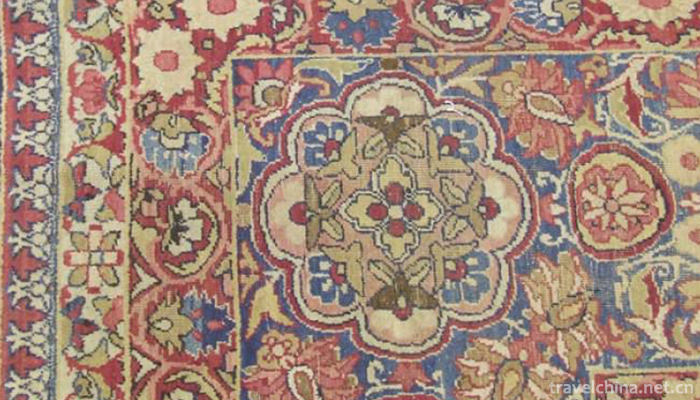
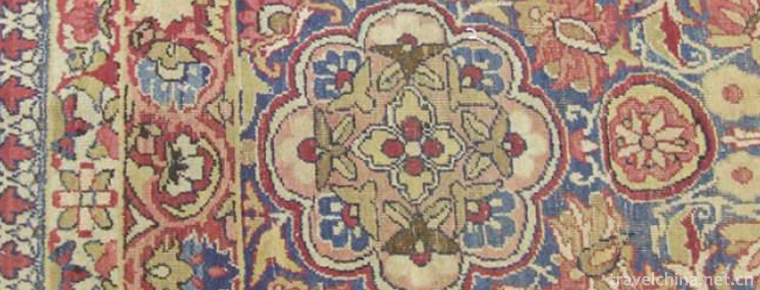
Canadian Tibetan carpet weaving skills
-
Water Margin City Scenic Area of the Three Kingdoms
The Wuxi Film and Television Base of CCTV is the first large-scale film and television shooting and tourism base in China. Founded in 1987, it is the first theme park in China that combines film and t
Views: 175 Time 2018-12-18 -
Shanghai Wildlife Park
Shanghai Wildlife Park, located at 178 Nanliu Highway, Pudong New Area, Shanghai, is the first National Wildlife Park in China built by the Shanghai Municipal People's Government and the State Forestr
Views: 163 Time 2018-12-19 -
Fairy Lake Xianhu Botanical Garden
Xianhu Botanical Garden is located in Liantang Xianhu Road, east suburb of Luohu District, Shenzhen. It relies on Wutong Mountain in the East and Shenzhen Reservoir in the west.
Views: 138 Time 2018-12-22 -
Yilong Water Custom Park
Yilong Water Custom Park was built in 1996, covering an area of 100 hectares. It was solely operated by individuals and formally opened in June 1997.
Views: 384 Time 2018-12-22 -
Guangdong Marine Silk Road Museum
The Guangdong Marine Silk Road Museum is located on the "Shili Silver Beach" of Hailing Island Experimental Development Zone, Yangjiang City, Guangdong Province. The total construction area
Views: 140 Time 2019-01-13 -
Little wild goose pagoda
Xiaoyan Pagoda is located in the Jianfu Temple of Anrenfang, Chang'an City, Tang Dynasty (now the southern suburb of Xi'an City, Shaanxi Province), also known as the "Jianfu Temple Pagoda".
Views: 233 Time 2019-02-25 -
Running curtain
Running curtain originated in the Spring and Autumn Period and Warring States Period, formed in the Qin and Han Dynasties, flourished in the Song, Yuan, Ming, Qing Dynasty and the early Republic of Ch
Views: 350 Time 2019-06-09 -
Ulger
Uliger, which means "storytelling" in Mongolian, is commonly known as "Mongolian Shushu", "Mongolian Shushu" and "Mongolian Qinshu". It is a form of music art t
Views: 173 Time 2019-06-29 -
Health preservation in traditional Chinese medicine
Health preservation in traditional Chinese medicine refers to a kind of medical activity that can prolong life by taking care of life, strengthening physique and preventing diseases in various ways. H
Views: 257 Time 2019-08-03 -
Legend of Zhuangzi
The legend of Zhuangzi is a folklore of Dongming in Shandong Province. Chuang Tzu, Ming Zhou, Zixiu. According to the Records of History, it is recorded as the Mongolian people in the Warring States P
Views: 190 Time 2019-08-10 -
Explanation service of Chengdu Giant Panda Base
Chengdu Research Base of giant panda breeding has set up an explanation service station at the entrance to provide high-quality explanation service for tourists who have a better understanding of giant panda knowledge. At present, there are 11 full-time commentators in the
Views: 412 Time 2020-12-13 -
Deyang first industry
In 2018, the sown area of crops in Deyang City was 477000 hectares, 533 hectares less than the previous year, a decrease of 0.1%. Among them, the sown area of grain crops was 311000 ha, decreased by 1525 ha, decreased by 0.5%; the sown area of oil
Views: 137 Time 2020-12-14
